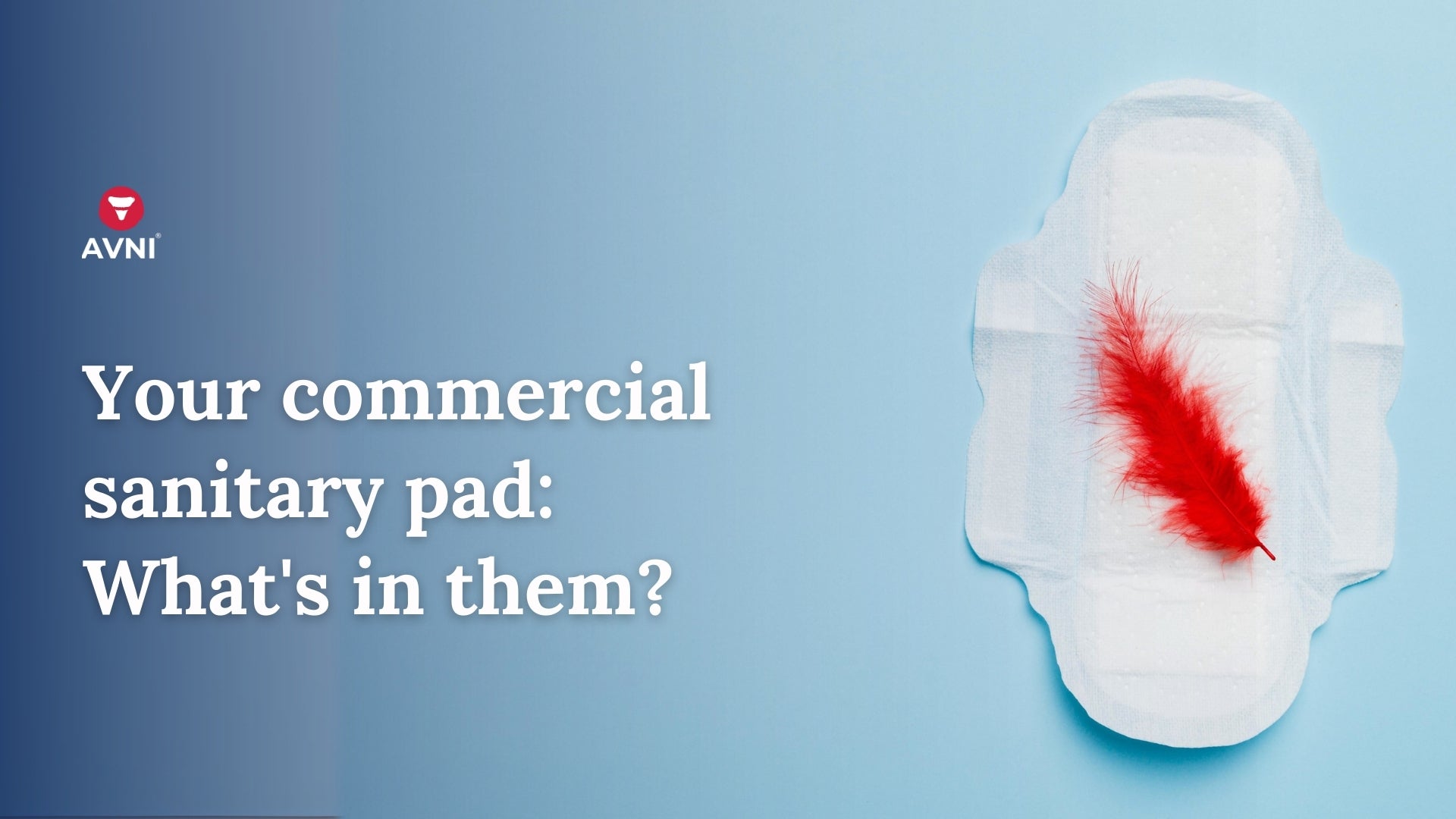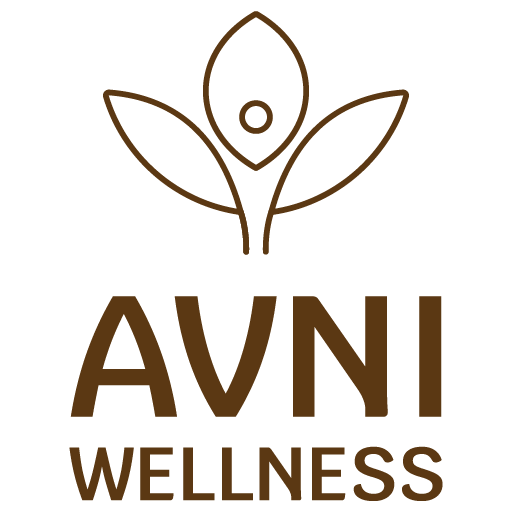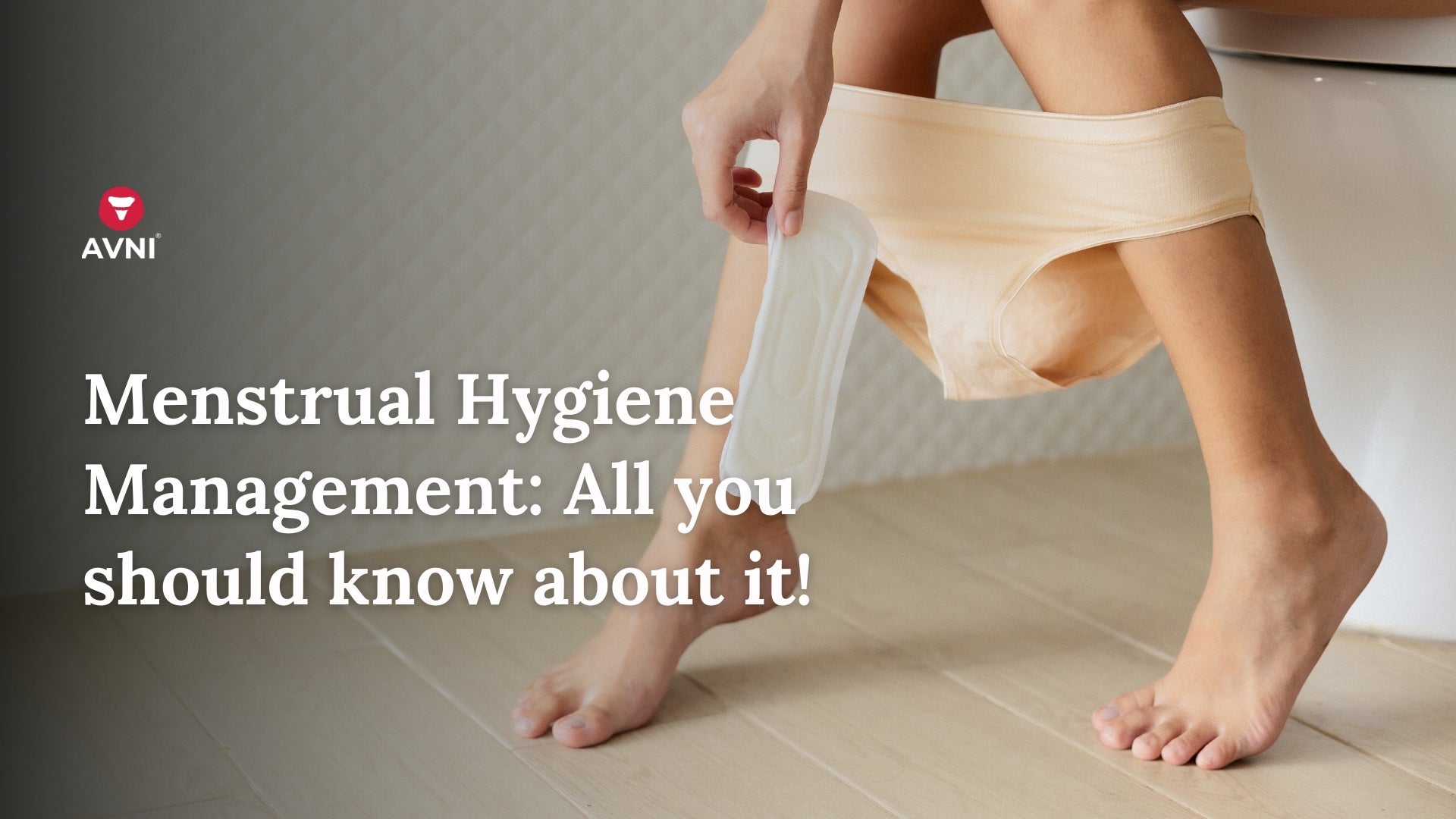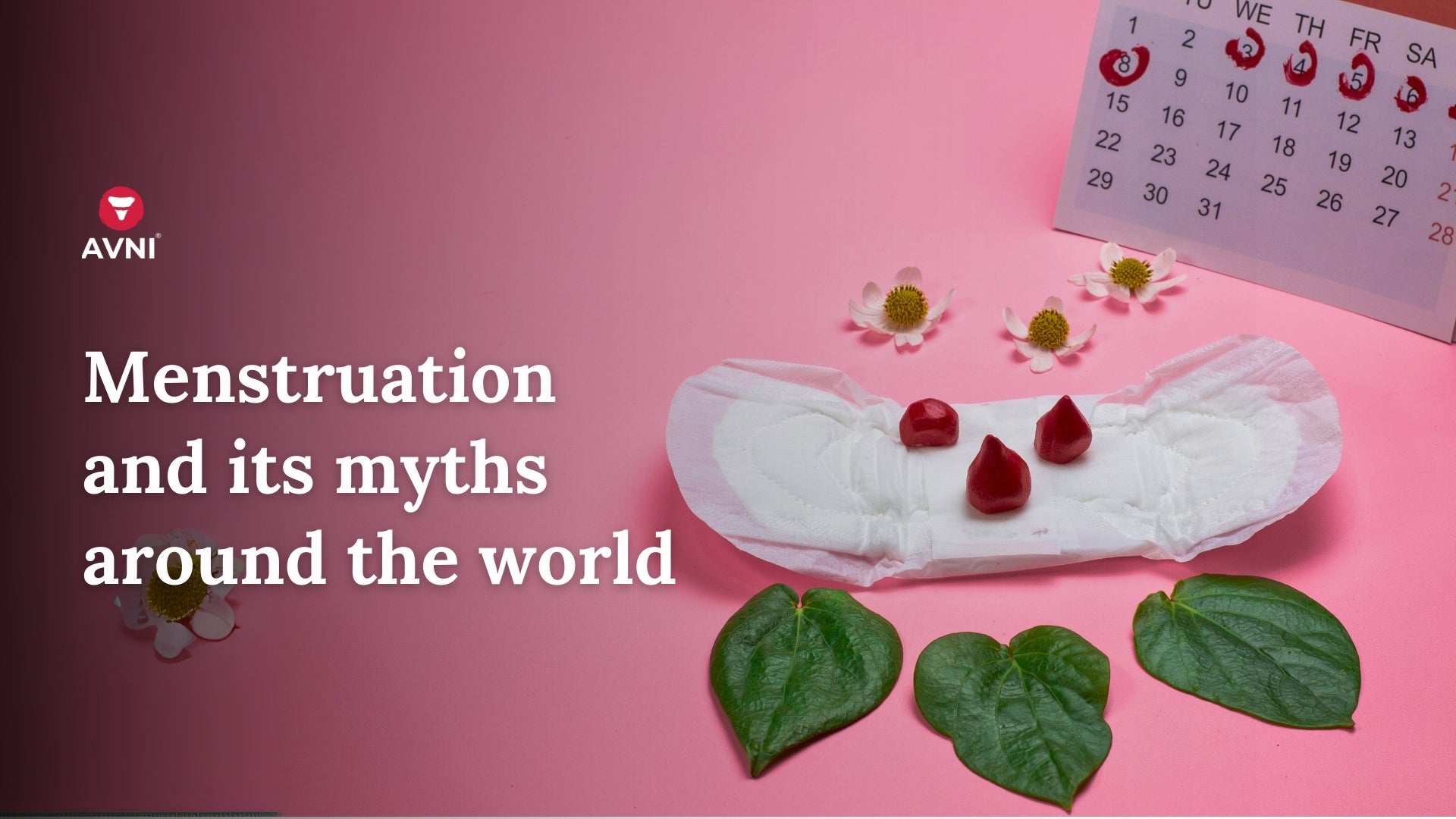
Your commercial sanitary pad: What's in them?
From the moment women enter puberty until menopause, chances are that they will have to deal with menstrual cycles for more than 30 years of their lives. During this time, one of the essential items in their daily routine is sanitary pads.
But did you know that various ingredients and processes are involved in producing your commercial sanitary pads?
In this article, we'll look at the manufacturing process of commercial sanitary pads and their constituents.
What are the constituents of a commercial sanitary pad?
A typical commercial sanitary pad contains several different materials, including:
An absorbent core: This is usually made from wood pulp (initially) or other cellulose-based materials and is designed to soak up menstrual fluid.
The top layer: This helps keep the absorbent core dry and can be made from various materials, including polypropylene and polyester.
The bottom layer: This provides a barrier between the pad and your clothing and is often made from PE film or nonwoven fabric.
Adhesives: These are used to keep the pad in place during wear and are typically made from acrylics or rubber-based materials.

Manufacturing Process of Commercial Sanitary Pads
Sanitary pads are made of many materials, the most common being cotton. Other materials include polyester, rayon, and cellulose. The material is first to cut into the desired shape and then sewn together. A layer of adhesive is then added to the back of the pad to help it stay in place.
The manufacturing process of commercial sanitary pads is generally quite simple. However, a few key steps must be followed to ensure that the pads are effective and safe.
First, the raw materials must be sourced. Cotton is typically used as the main fabric for sanitary pads, but other materials, such as polyester and rayon, can also be used. Once the desired materials have been sourced, they must be cut into the correct size and shape.
After the raw materials have been cut, they must be sewn together. This step is essential to create a leak-proof seal around the edges of the pad. Once the sewing is complete, a layer of adhesive is applied to the back of the pad.
This helps to keep the pad in place during wear.
Types of commercial sanitary pads?
Sanitary pads come in various shapes, sizes, and absorbencies to meet different needs. The most common type of sanitary pad is the maxi pad, designed for moderate to heavy flow. Maxi pads are usually longer and wider than regular pads, and they have a higher absorbency.
Another common type of sanitary pad is the panty liner. While they are in the category, it is important to note that they are not meant to soak up your menstrual blood. Panty liners are thinner, shorter than maxi pads, and designed for light flow or daily wear. They are also often used to protect underwear from minor leaks or spotting. They are, in no way, a replacement for your sanitary pads that you may use on regular flow days.
Some women prefer to use tampons instead of sanitary pads. Tampons are inserted into the vagina and absorb menstrual blood before it leaves the body. Tampons are available in different sizes and absorbencies to meet different needs.
Conclusion
Taking the time to understand what’s in a commercial sanitary pad is essential for any woman. While we do not comment on anyone’s personal choice, it is important to note that many commercial sanitary pads in the market may have volatile compounds that can negatively impact the user’s health.
Moreover, one should not forget the environmental impact caused by the consistent usage and disposal of these sanitary pads. Remember, quality matters! Do your research, read labels carefully, and invest in products with natural ingredients that will keep you comfortable and safe during your cycle.
If you want to start your journey with sustainable menstrual health, may we recommend Avni’s organic cotton reusable pads (wink wink).



Leave a comment
This site is protected by hCaptcha and the hCaptcha Privacy Policy and Terms of Service apply.